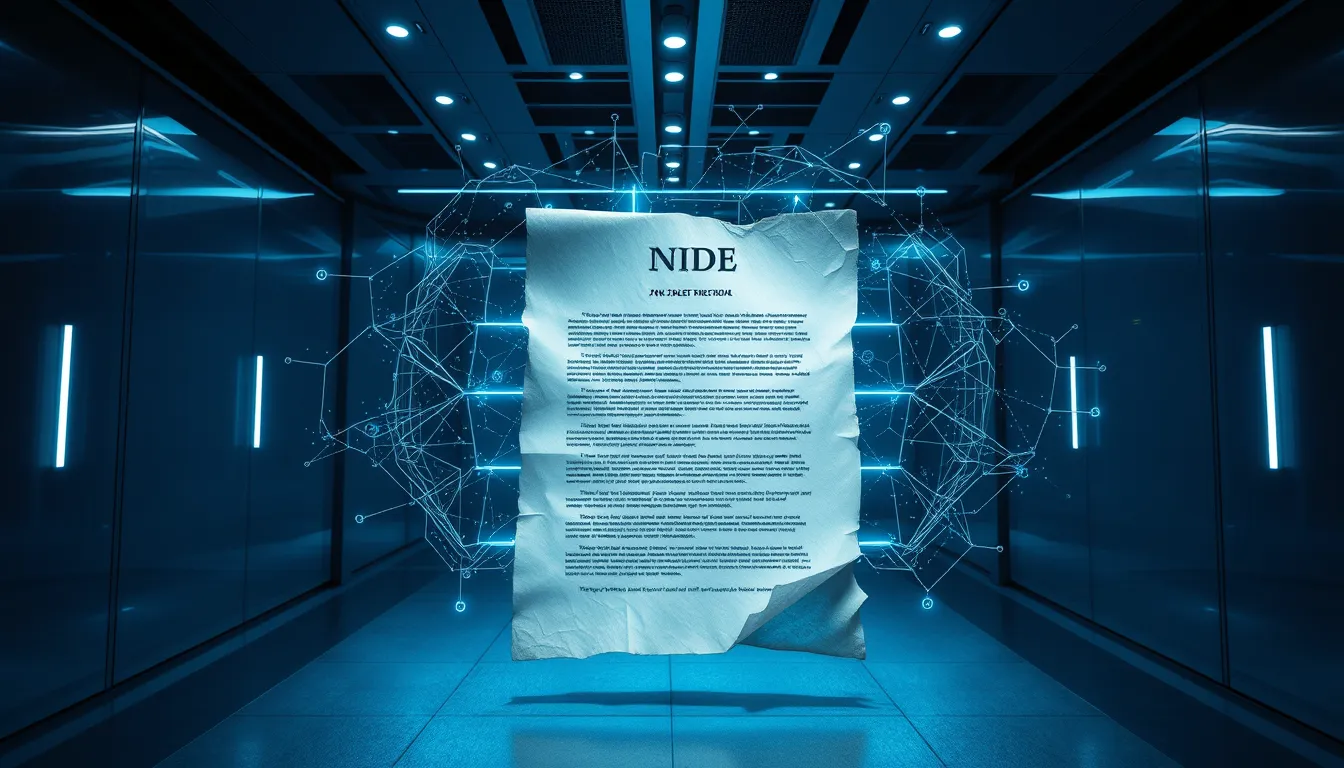Now Reading: Adobe AI-powered PDF: Transforming Digital Documents
-
01
Adobe AI-powered PDF: Transforming Digital Documents
Adobe AI-powered PDF: Transforming Digital Documents

Adobe AI-powered PDF: Transforming Digital Documents
Adobe is at the forefront of digital innovation with its groundbreaking Adobe AI-powered PDF technology. This advancement redefines how users interact with digital documents by integrating artificial intelligence with the trusted PDF format. Gone are the days when PDFs were static and unchangeable. Today, they evolve into interactive, accessible, and dynamic tools that cater to modern digital demands.
An Overview of Adobe AI-powered PDF Technology
Adobe’s deployment of its Adobe AI-powered PDF marks a significant leap toward modernizing document management. This revolutionary system combines decades of PDF reliability with cutting-edge AI capabilities to automatically restructure content, enhance searchability, and adjust formatting in real time. This evolution not only underlines Adobe’s commitment to innovation but also paves the way for a broader movement toward digital document transformation.
By integrating advanced natural language processing, the new PDF solution can interpret user queries and perform automated content adjustments. As a result, these PDFs become more than just files – they transform into smart, interactive assistants that cater to a diverse range of needs, from legal and academic documentation to everyday business communications.
Digital Document Transformation at Its Core
What sets the Adobe AI-powered PDF apart is its ability to adapt and evolve. With features like automated tagging, real-time content adjustments, and intelligent search capabilities, users experience a seamless interaction with documents that was previously unimaginable. The system’s design is a testament to how digital document transformation can enhance efficiency and accuracy in document management.
- Interactive PDFs: Transforms traditional static files into dynamic, interactive documents.
- Automated Document Management: Reduces manual effort by automating tasks like tagging and organizing.
- Enhanced Accessibility: Improves information access for all, including individuals with disabilities.
As more organizations opt for digital document transformation, this innovative technology may soon become a standard in the industry, setting higher benchmarks for efficiency and user engagement.
How AI Enhances PDF Accessibility
A dedicated benefit of the new system lies in its improved accessibility features. The technology has been meticulously designed to cater to a wide audience. By leveraging AI, Adobe AI-powered PDF makes content more accessible to people with varying abilities. Specifically, the system automates tagging in PDFs and performs real-time content adjustments, ensuring that even those with visual or physical impairments can navigate documents with ease.
This enhanced accessibility ensures that digital documents are inclusive – a critical factor in today’s global and diverse work environments. Adobe’s commitment to accessibility not only widens the user base but also adheres to various accessibility standards and regulations.
Key Benefits and the Future of AI-powered PDF Technology
The benefits of Adobe’s AI integration extend far beyond increased accessibility. Some of the notable advantages include:
- Streamlined Workflow: By automating routine tasks, users can save time and reduce errors in document management.
- Enhanced Interactivity: Intelligent features allow documents to react and adapt, improving the overall user experience.
- Improved Searchability: Advanced indexing and content restructuring lead to faster and more effective document searches.
- Cost Efficiency: Automation leads to reduced labor costs and faster turnaround times in document processing.
The future of digital documentation is bright with these AI-driven innovations. Adobe’s initiatives are clearly steering the industry toward a paradigm where interactive PDFs not only store information but also actively assist users in managing and retrieving it. This trend is reflective of the broader movement toward the automation and intelligent handling of digital documents, highlighting both the potential and the practicality of such technologies in our day-to-day operations.
Embracing the New Era of Document Interaction
As industries pivot to digital-first strategies, the role of traditional documents is evolving. The new Adobe AI-powered PDF is exemplary in demonstrating how technology can be leveraged to overcome the limitations of static files. With its smart assistant capabilities, this system represents a significant shift in how we perceive and interact with digital content.
Adobe continues to draw on its expertise and commitment to innovation, as evidenced by the incorporation of real-time content adjustments in PDFs and automated document management processes. For more details on Adobe’s ongoing innovations and future projects, visit the official Adobe website at Adobe.
Conclusion
In summary, the launch of Adobe AI-powered PDF is a decisive step toward reimagining how digital documents function in a modern workspace. By combining advanced AI with the timeless reliability of PDFs, Adobe is setting a new standard in digital document transformation. The enhanced interactivity, streamlined workflows, and improved accessibility provided by this technology not only redefine traditional document management but also pave the way for further innovation across various industries.
This dynamic evolution represents more than just a technological upgrade—it signals a cultural shift in our approach to digital communication. As users and businesses increasingly rely on smart document solutions, the future promises an ecosystem where AI and digital transformation work hand in hand, creating a more efficient, accessible, and interactive world of information.
With the rapid advancements in Adobe AI-powered PDF technology, the era of static PDFs is coming to an end, making way for a future where digital documents are intelligent, adaptable, and truly transformative.

























